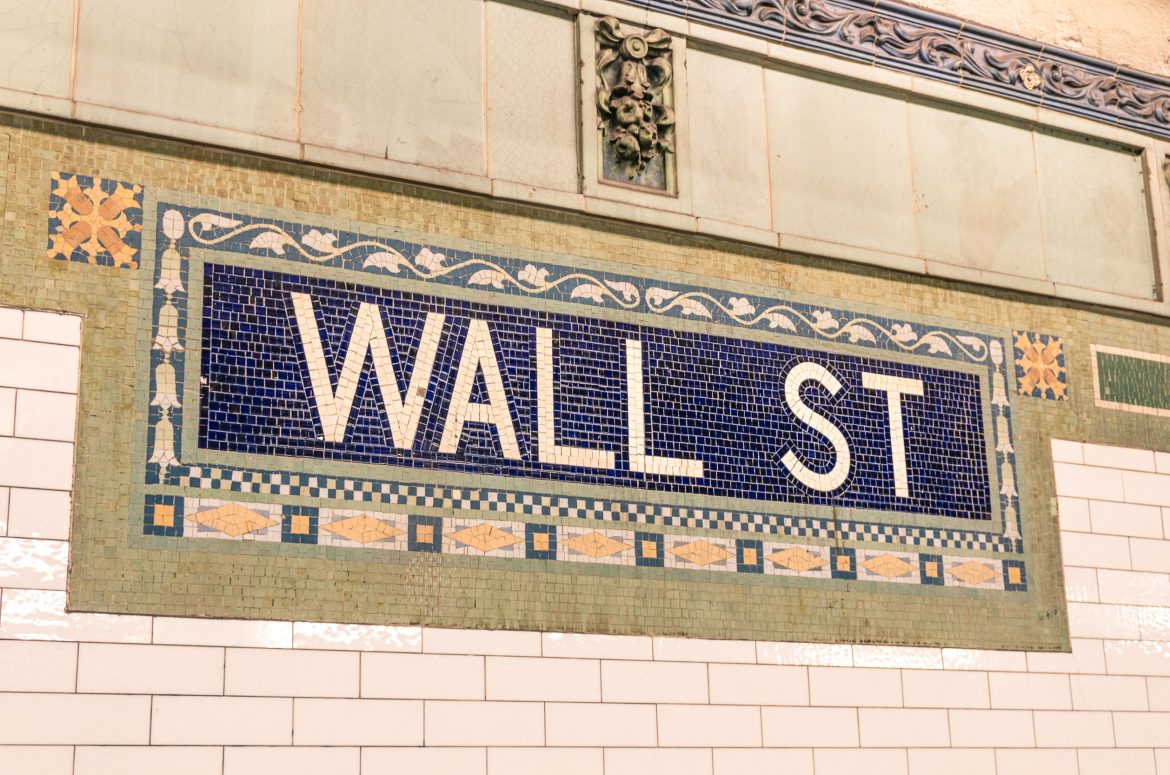The Russell 2000 Index has plunged and formed a death cross this year as American stocks sink amid rising worries about Donald Trump’s policies. The index, which tracks the top small cap stocks in the US, traded at $1,840 on Monday, down by ove 25% from the highest point this year.
Russell 2000 Index technical analysis
The daily chart shows that the Russell 2000 Index peaked at $2,465 earlier this year as investors cheered Trump’s proposed policies, like tax cuts and deregulation.
All this changed after his inauguration and his focus on trade. He initially implemented large tariffs on Mexico and Canada. This trend accelerated earlier this month when he delivered his Liberation Day speech.
The Russell 2000 Index has formed a death cross as the 200-day and 50-day moving averages crossed each other. It also fell below the ascending trendline connecting the lowest swings since April last year.
The index has moved below the Ichimoku cloud indicator, while the Relative Strength Index (RSI) and other oscillators have moved downwards.
Therefore, the small-cap Russell 2000 index will likely continue falling as sellers target the key support at $1,730, its lowest level this year and 5.9% below the current level.
A drop below that level will indicate further downside, with the next key level to watch being the psychological point at $1,630. A move above the resistance level at $1,930 will invalidate the bearish outlook.
Russell 2000 Index chart by TradingView
Why the Russell Index is falling
There are three main reasons why the small-cap Russell 2000 Index is falling. First, the Federal Reserve has maintained a more hawkish tone this year. Unlike other central banks like the European and Canadian one, the Fed has left rates unchanged this year.
Small-cap stocks are more affected by high rates than large-cap stocks. For example, firms like Meta Platforms and Alphabet have billions of dollars on their balance sheets, which they generate interest income on. They also have lower debt levels.
Small-cap companies don’t have these funds in their balance sheet, meaning that they spend more on interest than what they receive.
Second, these companies are mostly more domestic than those in the S&P 500 and Dow Jones. As such, they tend to do well when the US economy is doing well and lag when conditions change.
Analysts believe that the US may move into either a recession or stagflation this year because of Trump’s policies on tariffs. Polymarket data shows that recession odds have jumped to over 65%.
Third, the index has dropped because of Trump’s tariffs, which are disrupting companies in most industries. For example, many small-cap retailers are now struggling as their import costs have jumped. Analysts also expect that demand will wane, affecting their earnings.
Further, the Russell 2000 index has dropped as investors rotate to safe havens like gold and the Swiss franc. One reason for this is that Trump is considering firing Jerome Powell, the head of the Federal Reserve.
Such a move would likely be challenged up to the Supreme Court. If it were allowed to stay, it would lead to capital flight from the United States, a market that has always been loved for the independence of the central bank.
Top Russel 2000 movers
Russell 2000 index are usually highly volatile, with some of them soaring by over 100% and others crashing by almost 100% in a certain period.
CervoMed stock price has surged by ove 287% this year, making it the top-performer in the index. It is followed by ThredUp, a clothing thrift store that is benefiting from Trump’s tariffs as demand for used clothing rise.
The other top gainers in the Russell 2000 index are FuboTV, Agilon Health, Hertz Global Holdings, Radius Recycling, Digital Turbine, and Root.
On the other hand, companies like Sunnova Energy, ModivCare, Solo Brands, Open Lending, Harvard Biosciences, and Jasper Therapeutics have all plunged by over 80% this year.
The post Russell 2000 Index forecast as the crash continues: buy the dip? appeared first on Invezz

